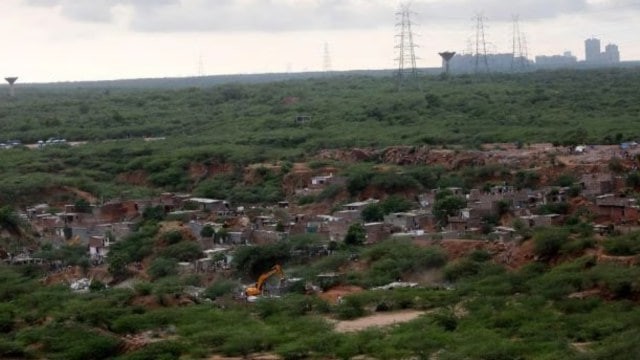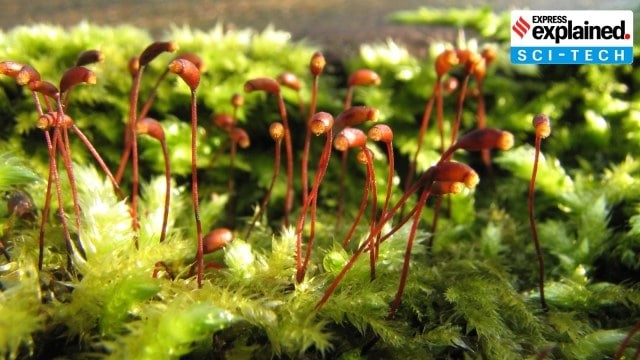Description
Disclaimer: Copyright infringement not intended
Context:
A recent study shows that 8 dragonfly species have gone locally extinct in Pune district. This research shows the impact of urbanization and other factors on local dragonfly populations.
What is Deccan Peninsula biogeographic zone?
- The Deccan Peninsula biogeographic zone refers to a large region in south-central India, known for a semi-arid climate.
- It is primarily lying in the rain shadow of the Western Ghats.
- It covers a diverse range of tropical forests including teak and sal trees.
- This makes it one of the major biogeographic zones of India;
- This area includes states (Maharashtra, Madhya Pradesh, & Karnataka, with Central Highlands, Chotanagpur Plateau, & Eastern Ghats).
Key Findings
- Extinct Species: 8 dragonfly species have gone extinct from Pune.
- New Species: 27 new species was also discovered. Now total known odonate species are around 98 in the district.
- Biodiversity Hotspot: The Western Ghats has around 203 odonate species, including 84 endemics.
About Odonata Species
Odonata is one of the oldest insect groups.
It is an insect category that includes 3 main groups: Anisoptera (dragonflies), Zygoptera (damselflies), and Anisozygoptera (a small group with only two living species).
Species Variety
- There are nearly 6,000 known species around the world.
Global Presence
- They are found in various regions, from tropical areas to the cold forests of Siberia and North America.
- They are also found in the Southern Hemisphere except for Antarctica.
- India also has a rich diversity with 500+ known species.
Living Environment
- They live in different freshwater like ponds, rivers, & lakes.
- They are mostly connected to water bodies during their larval phase.
Unique features
- About 80% of their brain is engaged in processing visual data.
- Physical Appearance: Large, active during daytime, & vividly colored.
- Feeding: They are Skilled hunters with mouth designed for biting.
- Predatory Nature: Both adult odonates and their larvae are aggressive predators.
What was the reason for extinction?
- There are many reasons for the extinction of these species. These factors include land-use changes, increased water pollution, changing weather patterns, & rapid urbanization.
- These Dragonflies are important insect predators that help to regulate mosquito & pest populations.
Source: DTE
|
PRACTICE QUESTION
Q. Which of the following are true regarding the Odonata species?
- Odonata includes 3 main groups: Anisoptera (dragonflies), Zygoptera (damselflies), & Anisozygoptera.
- India has around 1,000 known species of Odonata.
- Odonata species are primarily found in freshwater environments during their larval stage.
- Odonata species are known to be important insect predators that help control mosquito populations.
Select the correct answer:
A) 1, 3, and 4 only
B) 2 and 4 only
C) 1, 2, and 3 only
D) 1, 3, and 2 only
Answer:
A) 1, 3, and 4 only
Explanation:
- Statement is correct : Odonata is divided into these 3 groups, where Anisoptera are dragonflies, Zygoptera are damselflies, & Anisozygoptera is a small group with only 2 living species.
- Statement 2 is incorrect : India is home to around 500+ known species of Odonata, not 1,000.
- Statement 3 is correct : Odonata species, particularly in their larval phase, are primarily aquatic & live in freshwater environments like ponds, rivers, & lakes.
- Statement 4 is correct : Odonata species are known to be important insect predators that help control mosquito populations.
|











